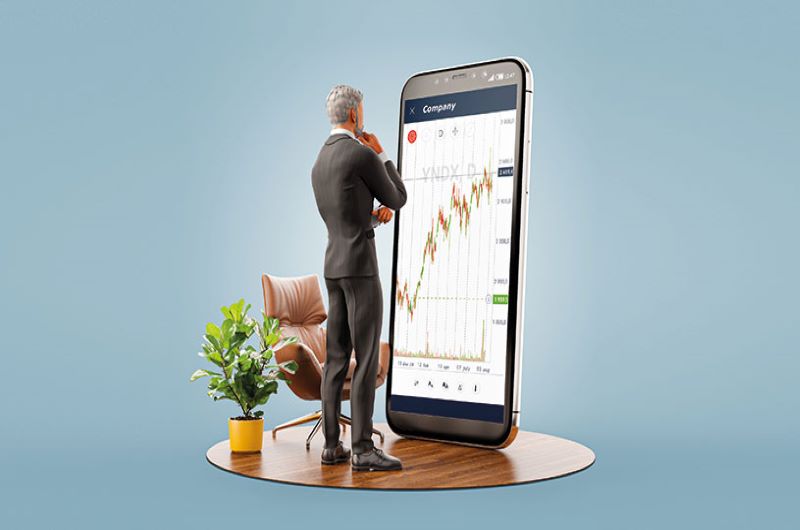HMRC’s Octagon Green investigation: One key takeaway
It’s one thing for a company to face an HMRC investigation for tax evasion – and another to face such an...
READ MORE
Technology provides an opportunity for bookkeepers to deliver a better quality experience for both themselves and their clients.

Although many applications (apps) are aimed at helping small businesses and the self-employed, it doesn’t necessarily mean that they are removing the need for professional support. With MTD likely to be focused next on income tax, the need to be absolutely sure of the quality and timeliness of data – against the threat of higher tax bills or fines – should keep bookkeepers busy for years to come.
With this in mind it’s useful to look at apps and technology. They might help streamline your services, as well as making life easier for clients.
Proposals and onboarding
Giving clarity on the scope of the work you will be providing ensures that clients know exactly what they are buying and at what price.
Proposal apps allow you to create professional looking proposals and letters of engagement that can be sent, signed and live within the system. It also means that as requirements change over time, you can dispassionately revisit with the client and update the appropriate fee.
Examples: GoProposal and Practice Ignition
Data collection
Collecting core data as easily as possible is often the most common challenge, and there has been a big focus from app providers to help.
Receipt and invoice capture are the most obvious, and work typically via a mobile app that turns photographs of paper into data ready to be brought into your bookkeeping software. There is also usually the ability to forward emailed invoices directly into the system, and ‘fetch’ functionality whereby regular bills like utilities can be downloaded automatically from the supplier and prepared ready for processing and reconciliation.
For businesses taking subscriptions or large numbers of electronic transactions (like online retailers), other tools are available to help process and collate payments, often in batches ready to import.
Examples: Receipt Bank, AutoEntry, Datamolino, Hubdoc
Point of sale
Popular with small retailers, cafes and restaurants, mobile-driven point of sale devices provide an easy and inexpensive way to take card transactions and avoid the heavy fees often associated with merchant accounts.
Often linked to an easy-to-use app, these devices can create line item breakdowns, as well as handle transactions – allowing for an easy and complete import of takings into an accounting system.
Examples: iZettle, goodtill, Lightspeed
Cloud bookkeeping software
Being cloud-based provides many advantages these days, with perhaps the most significant being able to link to other applications – something which is much harder to do with desktop versions. Although many clients may not have the desire to know which ledger software is being used, some may take advantage of being able to login and review or use to send invoices.
Regardless of whether or not they want access, most of the apps they may use with you will need to be compatible with the bookkeeping software you choose.
Examples: Sage, Xero, QuickBooks, FreeAgent
Receiving payments
Helping clients with apps that collect cash more quickly provides real-life advantages, be that if they are selling goods online, via an emailed invoice or taking regular payments for a subscription offering.
Although each has a cost, the higher one may be the cost of irregular cashflow.
There is, of course, an advantage to you using them with your own clients too. Monthly billing and collection create a transparent and equitable relationship, which could well be helping your clients’ cash management as well as your own.
Examples: GoCardless, Stripe, PayPal
Cashflow forecasting
While some clients may require detailed cashflow modelling to help make investment or hiring decisions, on a more everyday level seeing when and where cash is coming in and out can help provide the insight business owners need to be confident of hitting payroll, supplier payments, plan for stock purchases, tax payments and what might be available as surplus for drawings.
Apps that link directly from the bookkeeping software use sales and purchase ledger data to create a baseline view, and have the ability to create scenarios over the top.
Examples: Float, Fluidly, Futrli
Practice management and workflow
Although many firms choose to continue with spreadsheets, cloud practice management software over the years has become both high in quality and lower in cost.
Most have the ability to create customisable workflows and off er integrations with core ledger software, meaning you and your staff can plan effectively and stay on top of client deadlines.
Example: Senta, Practice Manager, Onkho, Pixie
Richard Sergeant is a freelance journalist and MD of Principle Point